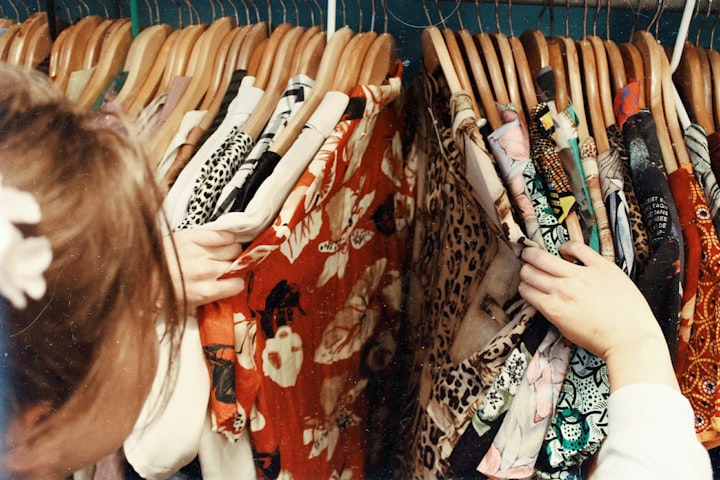Scottish kilts are a national attire
The best Scottish kilts in the UK

We don't believe anything can compare to Scottish kilts as a national costume! They're hip, vibrant, exotic, and fashionable. Although other nations, including the Scots, can claim the kilt as a sort of national attire, traditional kilts are known as a symbol of Scotland worldwide. Kilts back then and now
The kilt may have its origins in the style of clothes worn by the various invaders. The first set foot on Scottish territory in the past since it was originally a piece of clothing specifically tailored to the practical demands of Highlanders. Since then, it has undergone significant transformation and is mostly observed at ceremonies and formal gatherings, such as weddings and military processions.
Belted plaid has replaced the term "Scottish kilt
Early in its history, Scotland saw invasions from various nations (including Romans, Vikings, and Scandinavians). These invaders had distinctive clothing, including varied tunics, robes, shirts, and cloaks. It's unclear precisely how the kilt came to be, but it's thought to be a blend of all of these, modified to fit the environment and way of life of the tough, combative people who lived in the Scottish Highlands. The original Scottish kilt, called "Feileadh Mhor" (meaning "Great Kilt" and pronounced "feela more"), which are today known as "belted plaids," first emerged in the 16th century.
How was the Scottish kilt made?
We'll begin with the Great Kilt here (or Belted Plaid)
The Feileadh Mhor was traditionally constructed from a single length of "breacan," a thick wool fabric (a Gaelic word meaning speckled or partly colored). This material might be up to 21 feet long and was typically 5 feet broad. A strong leather belt was used to secure many feet of the cloth that had been folded into loose pleats and looped around the wearer's waist. The remaining fabric was draped over the shoulder and tucked behind the back into the belt. In addition, this extra material may be pulled up over the head and shoulders to shield the wearer from chilly winds, torrential rain, or snow. The entire outfit was layered over a long-sleeved tunic that came to the knees.
Feileadh Beag has taken the place of the Scottish kilt
Over a century later, around the middle of the 17th century, the "Feileadh Beag" (also known as the "Philabeg" and pronounced "feela beg") started to replace this early, bulky, and somewhat ungainly version of the kilt.
A single (shorter) stretch of breacan was folded loosely, wrapped around the waist, and again fastened by a strong belt to form what was essentially the lower half of the Feileigh Mor.
This version, often known as the "Walking Kilt," had no "extra" material to sling over the shoulder or employ as a cloak. Creases that were sewed into the cloth began to replace loose folds in the 18th century, making the entire ensemble simpler to wear. Highlanders wore both kilts for a while, but eventually, the more comfortable scottish Kilt replaced the older Great Kilt as the preferred option for daily use. Identifying it as the precursor to the modern kilt in history was much easier.
Wearing kilts today in Scotland
Even though the kilt is "the national costume" of Scotland, you won't see people wearing it there or in the grocery store regularly. It is typically worn during ceremonies, important events, or "high days and festivals. “Among them are festivals, family gatherings, weddings, funerals, and more.
Scottish weddings are held in kilts
The kilt is also a feature of several Army units' "dress uniforms," which is not just true of the British Army. Highland Dancers, Highland Bands, and competitors in the traditional Scottish Highland Games all wear it. In 1940 (early in World War II), when the Royal Highland Regiment engaged the German army, the last time kilts were worn in actual battle.
Scottish Kilt accessories that will complete your "look
Several kilt accessories will give you the whole "look" if you desire a genuinely authentic experience. These consist of:
The Belt: Traditionally, belts were made of leather and included beautiful buckles.
Sporran: Since sporran kilts don't have pockets, men typically put their "things" in sporrans, such as cash, keys, and other items. It's essentially a little belt bag made of leather or the hide of an animal.
Kilt Knife: Also known as a "Sgian Dubh" or "black knife" in Gaelic. It's a little knife with a leather sheath and frequently a fancy bone handle. Remained customarily concealed inside the top of a man's hose (socks)
Kilt Pin: A little ornamental pin worn on the front panel of the kilt.
Hose: Woolen knee-high socks are known as hose. Possibly one color or a pattern of checks.
Conclusion
Scottish kilt is a favorite national costume. They're unusual, cool, and vibrant. Traditional kilts are known worldwide as a Scotland symbol, not solely by Scots. In its original form, the kilt was a functional article of clothing for Highlanders and may have roots in the clothes used by ancient invaders. It’s now seen at weddings and military processions.
FAQS For what reason are kilts worn?
The kilt is a badge of honor for the clan to which someone of Scottish origin belongs. The kilt, first worn by people in the Scottish Highlands, provided the fighting army with what may have been its most valuable weapon.
If you're not?
Scottish, can you wear a kilt The thick wool kilt is a versatile costume that anyone may wear both officially and casually. These might be for any occasion, including weddings or certain gatherings, but watch what you wear. If someone is wearing a kilt for a sufficient cause, they are acceptable to be non-Scots.





Comments
There are no comments for this story
Be the first to respond and start the conversation.